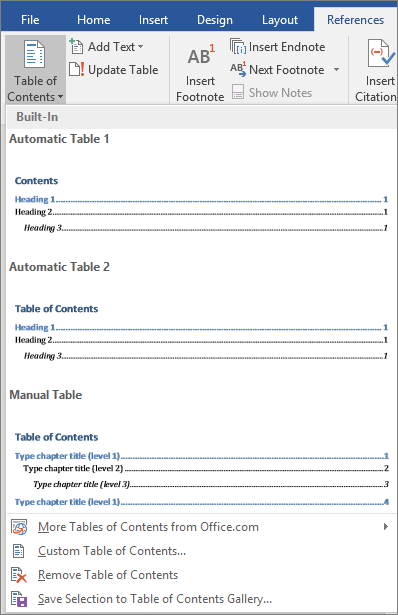

Formatting options include larger text, bold, italic or underlined text, different colors, different fonts or a combination of any of these. Sighted users do instinctively understand the need to add headings – many long documents are filled with chunks of differently formatted text which indicate a new topic.

Examples of how formatting changes are used to indicate topic changes or sections within a document. The image below shows a set of headings within a Word document about the mountain laurel (the state flower of Pennsylvania). Semantic headings create a “clickable table of contents” for a document which can be extracted in a screen reader. Yet it’s one of the guidelines that is hard for many sighted users to conceptualize. Inserting “Semantic headings” into documents is one of the most important accessibility guidelines for those who use screen reader software applications.

4 Visual Headings and Their Shortcomings.You can press Ctrl key to display the clicking hand, then click at the content to jump to the relative page. Now the list of contents link to page have been created. In the Table of Contents Options dialog, give the level to the relative heading you use, in my case, I give the Heading 1 and Heading 6 the level 1.ĥ. In the Table of Contents dialog, keep Show page numbers, Right align page numbers and Use hyperlinks instead of page numbers options checked, click Options.Ĥ. Now place the cursor at the position you want to insert the table of linkable contents, click References > Table of Contents > Custom Table of Contents.ģ. 1.3 Introduction sub-section (Heading 2)Ģ.



 0 kommentar(er)
0 kommentar(er)
